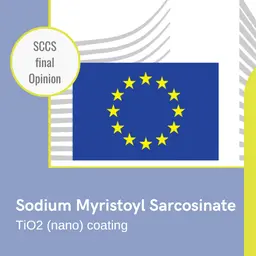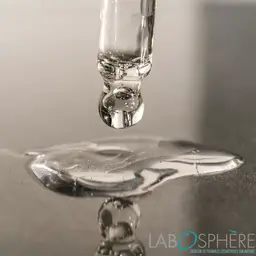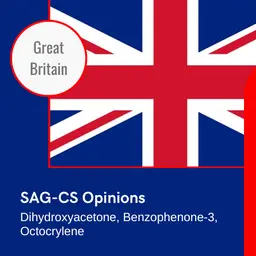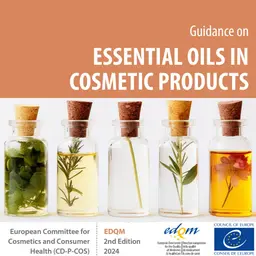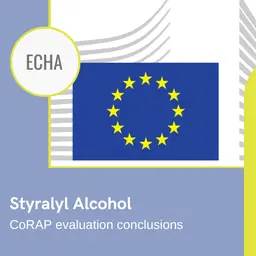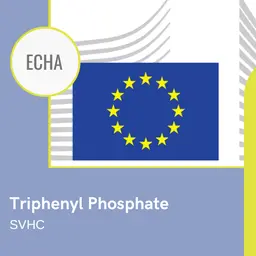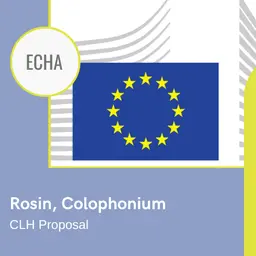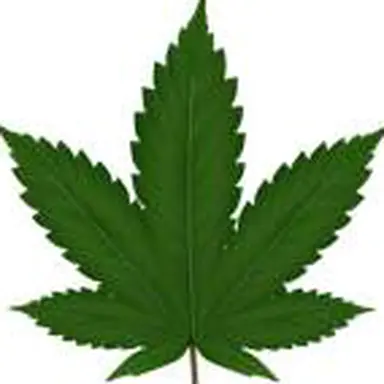
When you hear the name of this plant, you do not necessarily associate it with the beauty industry. And yet, hemp and other varieties in the same family actually have significant cosmetics virtues. We met Laure Bouguen, founder of the Ho Karan brand (based on hemp oil) and an activist for its use in cosmetics formulation.
Jasmine Salmi: What part of the plant is used to make beauty products?
Laure Bouguen: IToday, most brands use only the seed. At HO KARAN, we work with a Breton chanterier who cold presses and whose oil is recovered whose INCI name is Cannabis sativa seed oil.
JS: What are the cosmetics claims?
LB: Hemp oil is moisturizing, firming and antioxidant. All this is proven in cosmetics. The advantage of this ingredient is strong in Omega-3 (around 20%). It is this important concentration that will help to reconstruct the hydrolipidic film. Indeed, hemp oil a fat profile very close to sebum naturally produced by the skin. Moreover, she is non-comedogenic. It can be used by men, women, very young people or older people. It is suitable for dry peaches mixtures and even herbs.
JS: What is the regulatory framework for the use of cannabinoids in cosmetics?
LB: The use of the oil is permitted since THC (tetrahydrocannabinol, a psychoactive molecule that causes psychotropic effects) has a concentration of less than 0.2% in the varieties authorized in France. Whether in construction or in cosmetics, all the elements can be used, with the exception of the flower, whose use is simply absent from legal texts and whose status is undefined. However, we know that it contains many molecules that have positive effects on the skin.
JS: Would the use of the flower not be hazardous for the consumer?
LB: The flowers used in France contain less than 0.2% of THC, so there is no possible psychotropic effects. The flowers are full of other non-psychoactive cannabinoids. We do not seek to promote THC and the recreational dimension of hemp. We wish to be able to use the cannabinoids beneficial for the skin. Cannabidiol (CBD), for example, has been the subject of cosmetic studies and has no narcotic effects. There are many varieties of plants with low levels of THC (0.2% according to current regulations), but stronger in CBD.
JS: Would the cosmetics industry be interested in this plant?
LB: Brands like Le Baigneur or The Body Shop formulate some of their products with hemp oil but the use remains relatively discreet compared to the success of argan oil or coconut for example. Yet hemp oil is much more moisturizing and non-comedogenic. I think the major players are a little afraid of bad buzz and the bad image that their brand could be assimilated.
JS: Does this culture have a positive ecological impact?
LB: Hemp is a world plant that can grow in China, India, or Brittany. It is pretty much everywhere.
By using it in cosmetics, you can create a global brand, market your products on the international level, and produce locally, i.e. avoid transporting finished products too far.
In addition, this plant does not need much water. It grows fast, kills weeds, and does not require pesticides.
JS: Given all these benefits, why is the use of hemp in cosmetics so strict today?
LB: The main problem is fear.
Hemp professionals do not necessarily support progress in cosmetics for fear its culture might be prohibited due to the bad image it gives. They do not want to jeopardize all the efforts and investments made.
The same goes for politicians, who may be scared of being considered lax if they authorize the use of stupefying plants, even for cosmetic purposes.
What is quite paradoxical is that France is the biggest producer on the European level, and no doubt it is also the latest country in therapeutics and pharmaceuticals. The UK has just validated CBD as a cosmetic active, thanks to its antioxidant and anti-seborrheic benefits. Here, we are far from it.
JS: Why have you decided to develop a cosmetics range based on such a controversial plant?
LB: IMy grandparents grew hemp and I knew the hemp applications related to growing the stem. A report on the legalization of the plant in California and its therapeutic uses has sharpened my curiosity. So I became interested and I started to imagine my brand during my business studies. The project is exciting because there is a real fight to be done to educate the minds and make things change. Of course, it's not easy every day. For example, we can not post advertising on Facebook or Instagram because of our positioning.
JS: What are the objectives to fulfil to authorize the use of these plants in cosmetics?
LB: The priority is to highlight the use of the flower. Some cannabinoids are documented abroad, but still not in France.
The future of cannabis in cosmetics does not lie in oil. We should take interest in the molecules contained in the plant.
It is essential to communicate in order to deconstruct clichés and actively fight against untimely demonization.
Lastly, working with official institutions is obviously necessary to head towards making rules more flexible.
JS

